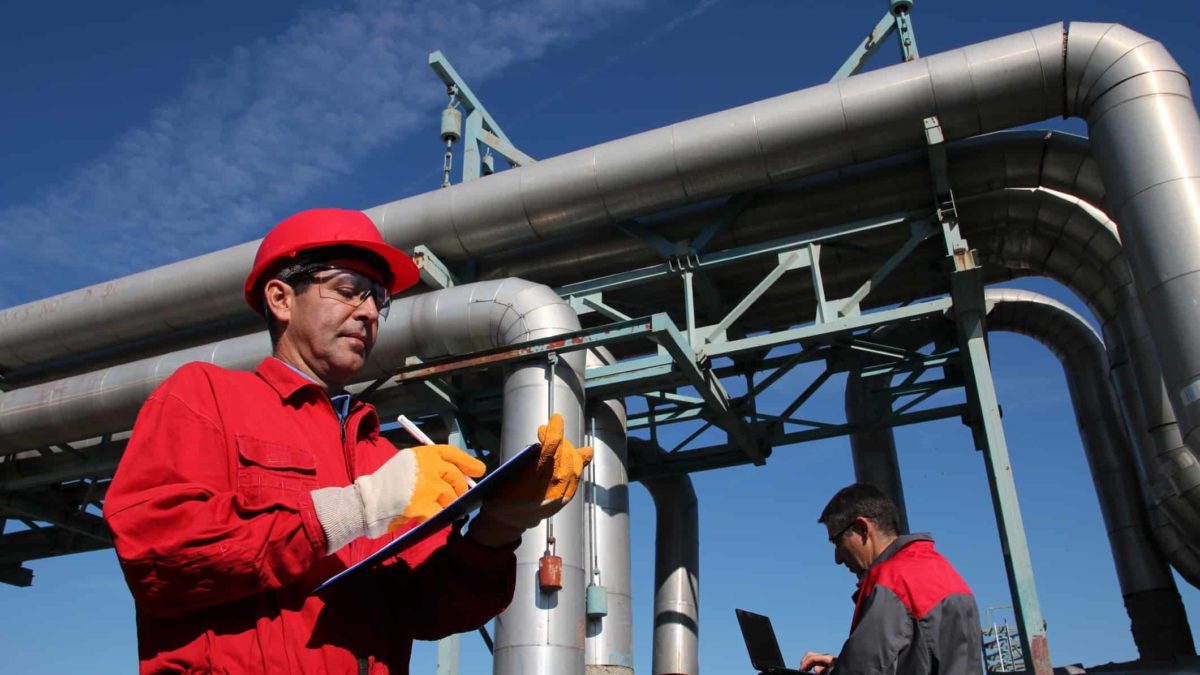With the 2024 financial year almost at an end, we turn our attention to what investors might expect from S&P/ASX 200 Index (ASX: XJO) energy shares in FY 2025.
And we'll be hoping to see better returns over the next 12 months than we've realised over the past 12.
Since 30 June 2023, the S&P/ASX 200 Energy Index (ASX: XEJ) has slipped 8.3%, compared to an 8.4% gain posted by the ASX 200 over the same period.
Now there are a number of stocks that fall into the ASX 200 energy share category. These include utility providers and companies involved in oil and gas, coal, and uranium.
For the purposes of this article, I'll stick to the three big Aussie oil and gas stocks. Namely Woodside Energy Group Ltd (ASX: WDS), Santos Ltd (ASX: STO) and Beach Energy Ltd (ASX: BPT).
Here's how they've performed in FY 2024 to date:
- Woodside shares are down 19.3%
- Santos shares are up 1.1%
- Beach Energy shares are up 9.8%
Of course, all three companies offer some welcome dividend payouts as well.
Woodside shares trade on a fully franked dividend yield of 7.8%. Santos shares trade on an unfranked yield of 3.7%. And Beach Energy shares trade on a fully franked yield of 2.7%.
With Beach the only ASX 200 energy share to beat the benchmark returns in FY 2024, here's what to look out for in FY 2025.
What's ahead for ASX 200 energy shares in FY 2024?
There are obviously a lot of variables that can impact these companies over the next 12 months.
Some are company-specific and will relate to things like their production levels, costs and new project developments, to name a few.
Other factors are beyond the control of the ASX 200 energy shares themselves.
The biggest among these is the price they'll receive in FY 2025 for the oil and gas they pump from the earth.
And forecasting that price is tricky, to say the least.
The oil price will be influenced by the path of global inflation and interest rates, which will have a direct impact on consumer and business demand.
Weather is also a major variable, with cooler weather increasing the demand for heating oil.
And then there are the ongoing conflicts in oil-rich regions like the Middle East. What happens there could have a material impact on oil prices and ASX 200 energy shares.
As for global oil demand, the International Energy Agency (IEA) expects demand to rise by 1.1 million barrels per day in calendar year 2024 and another 1.2 million barrels per day in 2025.
That demand growth could be outpaced by new supplies, with the IEA forecasting 1.8 million barrels per day of increased production in 2025, with non-OPEC+ nations adding 1.4 million of those daily barrels.
What this means for the Brent crude oil price depends on who you ask.
Brent is currently trading for US$86 per barrel, up from US$75 per barrel at the beginning of FY 2024. Bearish analysts are forecasting the oil price will fall to as low as US$60 next year, while the bulls are holding to US$90 per barrel.
Potential gas fuelled tailwinds
Offering some potential tailwinds for ASX 200 energy shares in FY 2025 is Australia's looming national gas crisis.
With unseasonably cold weather and very low winds to power the turbines, the Australian Energy Market Operator (AEMO) warned last week that the eastern and southern states could face a gas shortage through September.
Woodside responded by saying it is "taking steps to support the gas market in eastern Australia".









